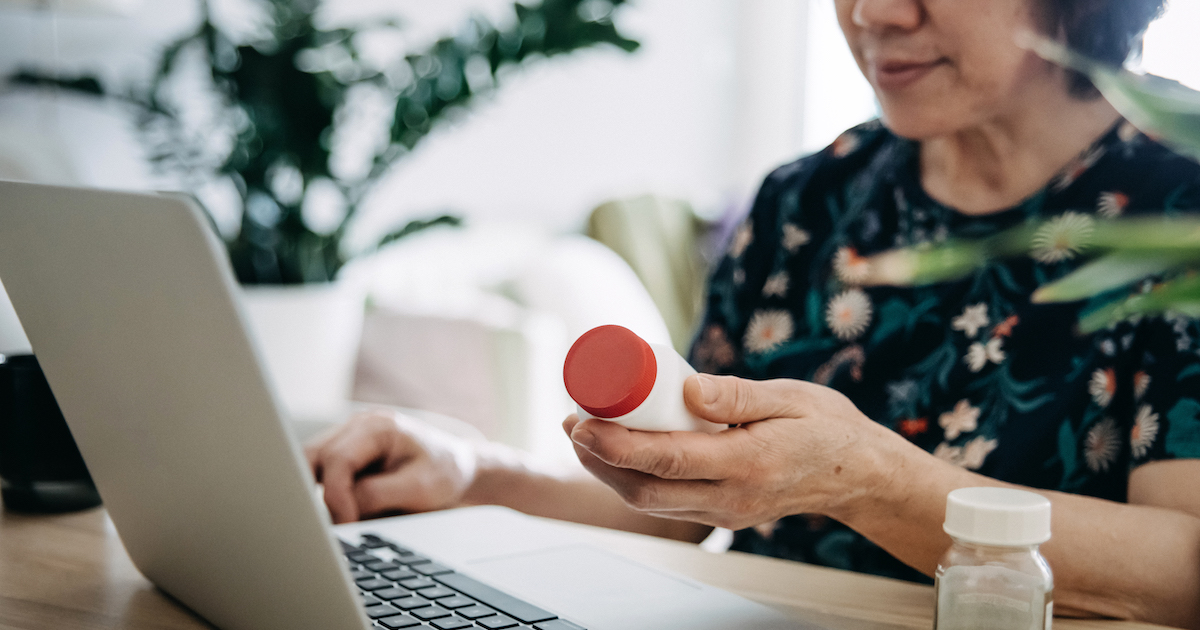With the FDA’s final guidance document, "Mobile Medical Applications: Guidance for Industry and Food and Drug Administration Staff" out only a few days, everyone in the industry is working to understand its implications. Based on a review of the document, there are some points worth noting.
The final document certainly provides clarity on some points and moves a number of product types into an “enforcement discretion” category, but it also raises a few new questions about the regulatory status of certain product types.
By way of brief background, the final guidance explains that the FDA will actively regulate any app that both meets the definition of a medical device as outlined in the Federal Food, Drug and Cosmetic (FDC) Act (21 U.S.C. 321(h)) and
- is intended to be used as an accessory to a regulated medical device, or
- transforms a mobile platform into a regulated medical device.
The FDA indicates that any app meeting the definition of a medical device, but not falling into one of these two categories, will not be subject to active regulation. The agency further clarifies the categories of apps proposed for active regulation by providing a series of categorical examples, which are outlined in the final guidance. In addition, the agency provides very specific examples of products that would and would not be subject to active regulation based on this approach.
I’ve provided a few observations that may be of interest as companies work to interpret the final guidance for their own unique situations.
Expanded enforcement discretion category
One of the surprises coming out of the final guidance is the number of product types moved from the regulated to “enforcement discretion” bucket. In both the draft and final guidance documents, the FDA noted that there are certain types of apps which may meet the definition of a medical device (thereby potentially subjecting them to regulation), but for which the FDA will exercise “enforcement discretion.” In the final guidance, the FDA clarifies that by enforcement discretion (a term that has been used in various ways by the agency over time), the agency means that it will not pursue enforcement action for violations of the FDC Act and applicable regulations by a manufacturer.
Essentially, the agency is indicating that while certain FDA regulatory requirements may be applicable for these products, it won’t take enforcement action against a manufacturer for any violations. Nonetheless, not unexpectedly, the agency encourages – though does not appear to require – manufacturers who make products in the enforcement discretion category to comply with the FDA’s Quality System Regulation (QSR), as it believes that many of the problems associated with apps arise from issues related to design processes.
What is notable in the final guidance is that many products proposed for active regulation in the draft guidance have now been moved to this enforcement discretion category. Key examples include apps that calculate standard indexes or scores (Apgar score, BMI, NIH Stroke Scale, for example). Many such calculator apps were previously included as examples of regulated products. Similarly, the agency clarifies that it intends to handle with enforcement discretion any apps that “provide or facilitate supplemental clinical care, by coaching or prompting, to help patients manage their health in their daily environment.” Examples include apps that help asthmatics track inhaler use and apps that provide pre-diabetes patients with guidance or tools to help them develop better eating habits or increase physical activity.
Notably, many of the patient-focused apps described as regulated products in the draft guidance are now planned for enforcement discretion. This is good news for many companies operating in this space.
Additional clarity on certain topics
Not surprisingly, given some of the public commentary on this topic over the last two years, the FDA states very clearly that it is not seeking to regulate general-purpose technology, such as smartphones and Internet connectivity services. While this approach is consistent with the draft guidance and with standard FDA policy, there has been great debate over whether the FDA’s regulatory efforts would have implications for smartphone manufacturers. So long as a smartphone-maker does not market the phone specifically for a medical device-intended use, FDA regulatory issues would not be triggered by the fact that a medical device app is used on the phone.
Similarly, and also consistent with the draft guidance, the final guidance notes several times that distributors of apps who are not involved in the design or development process, but only sell the apps (e.g., the iTunes App Store), would not fall within the scope of the FDA’s intended regulatory oversight.
Further, the final guidance clarifies that software developers who only create an app to meet another party’s specifications would not be a regulated medical device manufacturer. Rather, the developer of the specifications would be treated as the manufacturer and regulated accordingly.
In addition, somewhat different from the draft guidance, the final guidance provides specific product codes (codes that the FDA uses to organize product classifications) associated with the various examples of regulated products. This will make it easier for companies with products in those categories to review what has been previously registered and listed with the FDA and/or that has received 510(k) clearance (where applicable).
Questions raised by the final guidance
While the final guidance provided much-needed clarity for the mobile health space, some of the points in the final guidance also raise potential questions for app makers.
For example, the draft guidance included several examples of drug dose calculator apps as regulated products and in a side note explained that the FDA has previously classified dose calculators and regulates them separately (indeed, 510(k) clearance has been issued for such products). However, with the single exception of a radiotherapy dose calculator, those examples were removed from the final guidance. They weren’t moved to an enforcement discretion category – they were removed. This change may not be intended to convey anything new about the regulatory status of such apps, but given the change to the guidance, manufacturers of such apps may need to further clarify this issue with the agency.
On a similar note, the final guidance notes that mobile apps that allow a user to collect (electronically or manually) blood pressure data and share this data through e-mail, track and trend it or upload it to a personal or electronic health record are subject to enforcement discretion. By the same token, the final guidance also – correctly –acknowledges that the FDA has previously regulated apps that use a hardware attachment or interface to a monitoring system for blood pressure information collection. A number of devices have been 510(k)-cleared to collect patient data in a home environment from various monitoring devices, such as blood pressure cuffs, and send the data elsewhere for clinical review. It doesn't appear that it was the agency’s intent to deregulate these 510(k)-cleared devices, but the line between regulated and unregulated may be a little fuzzy in this area and further clarification from the agency may be warranted.
Perhaps most notably, the agency appears to have narrowed the category of apps that they describe in the final guidance as performing patient-specific analysis. This category was included in the draft guidance and was widely thought to be a reference to clinical decision support (CDS) tools. The final guidance explicitly notes that it does not address “software that performs patient-specific analysis to aid or support clinical decision-making.” This is likely due to the FDA’s ongoing effort, in collaboration with the FCC and ONC, to prepare a report to Congress on the proposed regulatory approach for health information technology. That report was ordered by the Food and Drug Administration Safety and Innovation Act (FDASIA) and is due to Congress in January 2014. Thus, it is likely that the FDA wished to reserve the outlining of an approach to regulation of CDS for a later communication.
The final guidance retains the broad category of regulated apps that use patient-specific information to output a patient-specific diagnosis or treatment recommendation, but nearly all the examples of products in that category have been removed from the final guidance. Nonetheless, by including that category the agency has effectively reserved an avenue to actively regulate some CDS-like apps. What approach the agency will take to that remains to be seen.
Moving forward
Mobile health app makers will need to carefully consider the implications of the final guidance for their products and determine the applicable regulatory requirements, if any. Now that the final guidance has been issued, it's possible that the FDA may begin taking more direct regulatory action on companies not in compliance, but will recognize that this may take some time for players new to the regulated space.
Generally, for products falling into the regulated categories, FDA regulation will mean compliance with registration and listing requirements, the Quality System Regulation, reporting of certain types of adverse events, potentially premarket clearance or approval, as well as related requirements.
Yarmela Pavlovic is a partner in Hogan Lovells’ Life Sciences practice. Her practice focuses primarily on the U.S. Food and Drug Administration (FDA)'s regulation of medical devices. She works with medical device manufacturers to develop regulatory strategies for obtaining FDA marketing approval for their devices. She has extensive experience in assisting companies in matters pertaining to product development and product submissions (510(k)s, IDEs and PMAs), as well as providing advice on a variety of other device-related regulatory issues.


